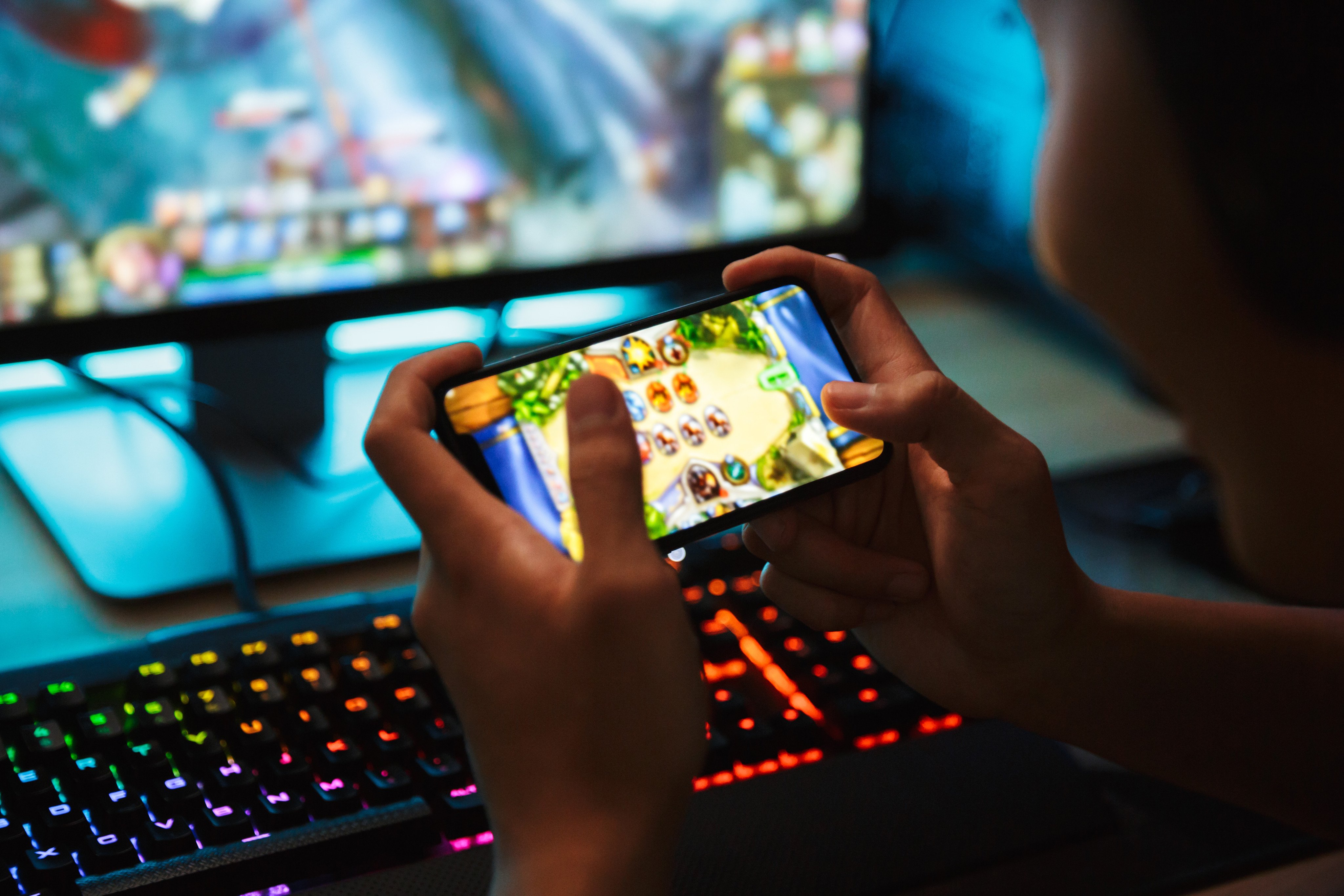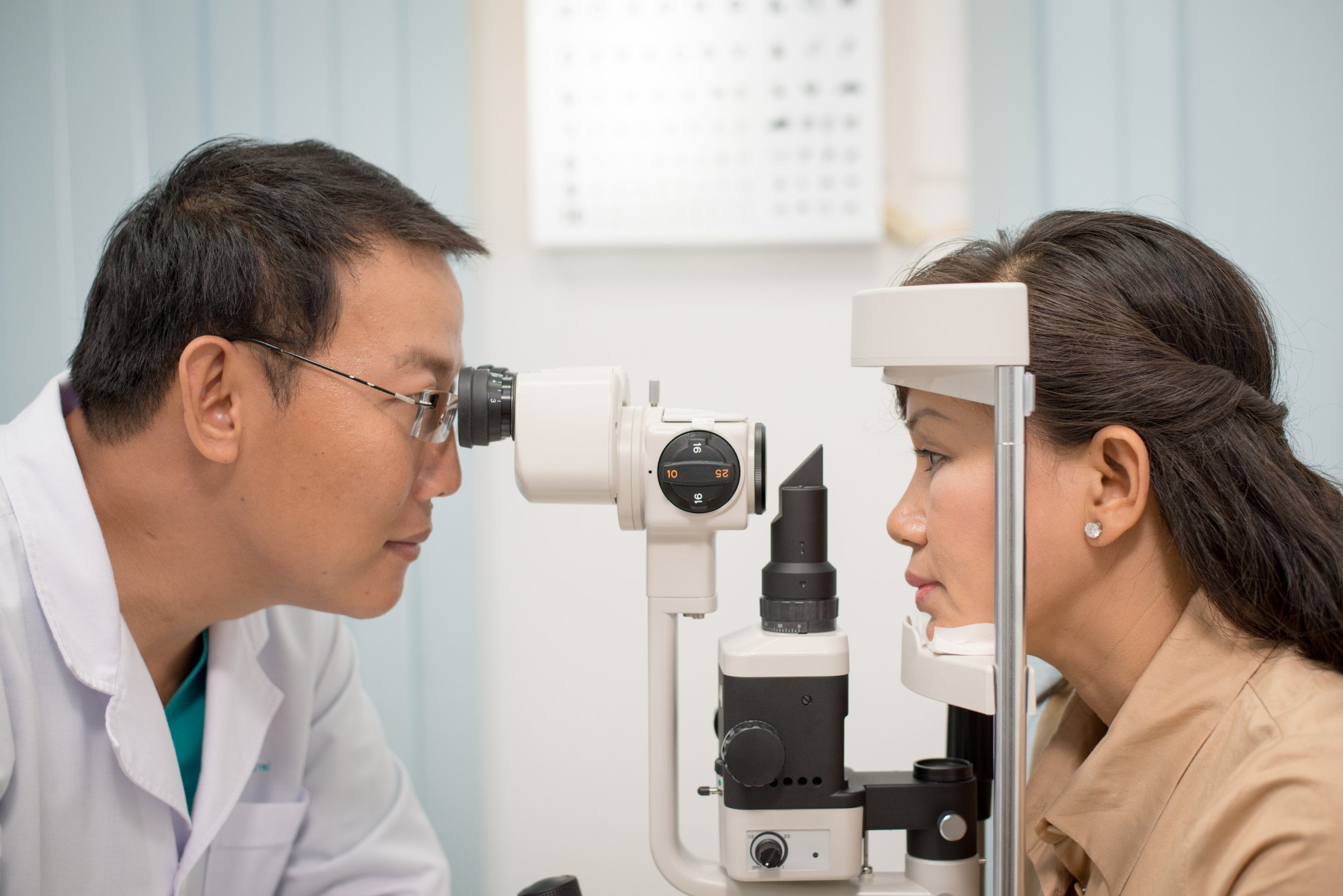The smartphone squint: a closer look at Japan’s cross-eyed epidemic
The highest proportion of patients with the condition are middle and high school students, according to a recent study

A condition in which people’s eyes turn inward and make them look cross-eyed is reportedly on the rise in Japan due mainly to excessive and improper smartphone usage, with young people particularly vulnerable.
Known as acquired esotropia, the condition is a form of strabismus, or a misalignment of the eyes in which one eye deviates towards the nose and the other remains in its original position.
It appears more frequently among young Japanese, who experience double vision and poor depth perception, according to a report on the Japan Today news site published on Friday. Experts warn that using digital devices for long periods without proper distancing or while lying down can increase the risk of people being afflicted with the condition.
About one in 50 people in Japan have strabismus, with patients having one eye that is turned outward being most common, according to a study released last June by Kyoto University. Cases where a patient’s eye turns inward, however, have risen in recent years.
A separate study conducted by two Japanese eye associations – the Japanese Association for Strabismus and Amblyopia and the Japanese Association of Pediatric Ophthalmology – involving nearly 200 patients with acute strabismus looked at their condition after three months of proper use of their digital devices.
Even after these patients kept their devices at least 30cm (12 inches) away from their eyes and took five-minute breaks every 30 minutes, 56 per cent of them either did not experience any change or their symptoms worsened, found the study published in the Japanese Journal of Ophthalmology in March this year.

One of the parameters used in the study was “excessive use” of their devices, defined as more than one hour daily for those in junior school and younger and over two hours daily for the rest.
Among the patients, just 13 per cent did not use their devices excessively. The highest proportion of patients with the condition were middle and high school students, with the most common age being 16.
While acquired esotropia is treatable if caught early, it may be difficult to correct down the line, health experts have warned.
For mild cases, symptoms could be easily improved by reducing the amount of time spent on digital devices or by looking at the devices at a distance, said Miho Sato, a visiting professor of ophthalmology at Hamamatsu University School of Medicine.
When improvement could not be expected from changes in device usage, the options for patients include injections into eye muscles to make them less likely to lean in, or surgery to shift their position, according to Sato, who compiled the survey.
Unhandled type: inline-plus-widget {“type”:”inline-plus-widget”}